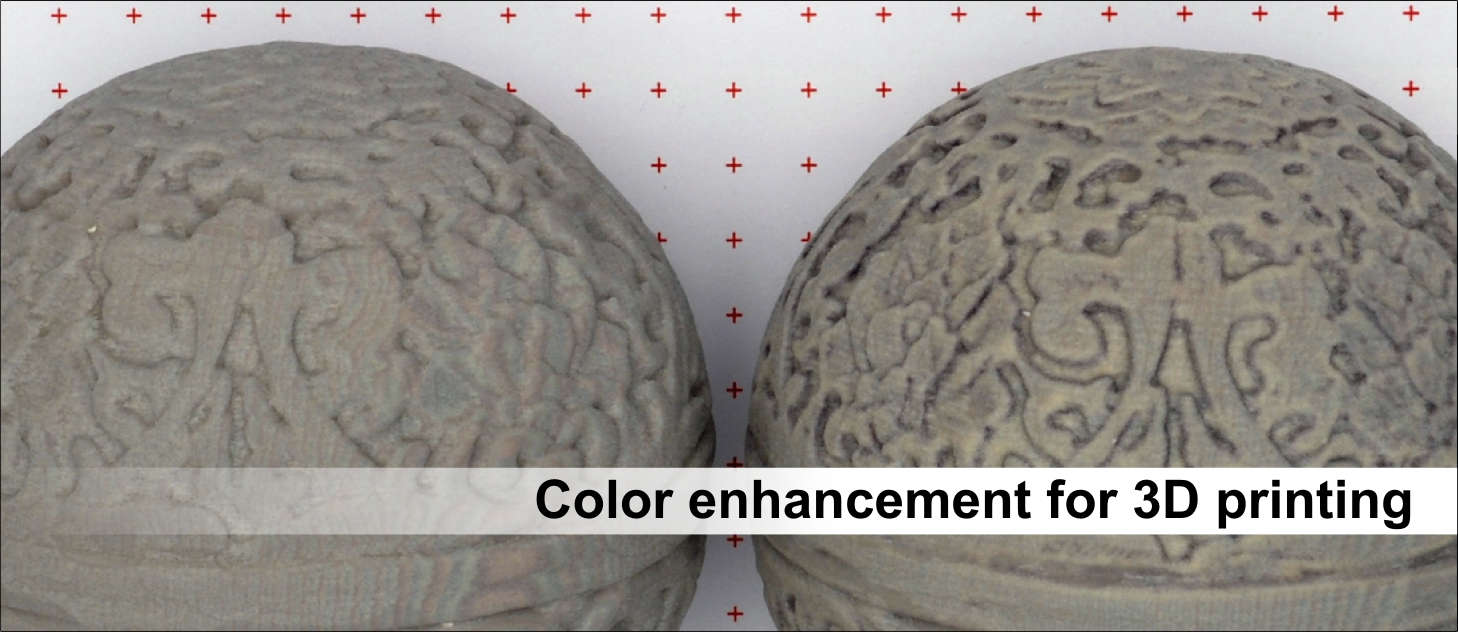
USING MESHLAB SOFTWARE
For instance, MeshLab has colorization, inspection filters, and an integrated software for 3D printing. In addition, users can take advantage of several functions and add-ons, which can be useful, especially for those who don’t want to use different programs to prepare 3D printing. From there, you can navigate through the repair menu and select various repair options. Following that, the 3D version of the STL is displayed to you. You only need to import the file you want to fix into the program after it has opened, either by dragging it in or manually choosing it. The program has several features that should be investigated in greater detail, but its ability to quickly and easily repair STL files is the feature that is most frequently used.
USING MESHLAB FREE
The open-source software, which comes in versions for Windows, MacOSX, and Linux, is free and can be downloaded and installed immediately. The students continued to work towards these objectives over the years, adding more features until, at last, the program, now known as MeshLab was created. The software development team concentrated on making a user-friendly tool for business tasks to facilitate effective production and help ensure greater sustainability by encouraging additive manufacturing. Later, the mesh processing system was further developed with the assistance of many students and the Visual Computing Lab of the ISTI-CNR.

The program was initially created at the University of Pisa as a course assignment in late 2005. Users of the free and open-source 3D mesh processing software have access to a set of tools for various tasks, from 3D mesh cleaning and repair to editing and conversion. MeshLab is among the most promising programs for that. There is software available that has been designed to fix STL files in just a few clicks, which can help one save a great deal of frustration due to that unfortunate circumstance. Everything appears to be in order, and you’re about to begin, but the system displays an error, and the STL file isn’t functioning. After choosing a suitable STL file, you created or the one you found on the STL websites offering countless examples made by others. Upload your file to a 3D printing service such as WhiteClouds and we will 3D print it and ship it directly to your door.Those of you who have ever attempted to 3D print your own project may have run into a specific problem. ONce you’ve completed these steps, your model is ready to be 3D printed.

This repair will allow the model to be 3D printable. This closes holes in the model and repairs non-manifold edges (unwanted additional faces or edges).Once you’ve thickened the walls and completed edits on the model, it’s time to repair the mesh using NetFabb again: Use the Polish tool to smooth any rough areas.Use the Crease tool for definition on small parts.This may cause problems in the mesh, so be aware that you may need to edit accordingly so that the model is 3D printable. Based on that movement, any faces that are pushed out too far or too close to another are likely to intersect with those other faces. No new faces are created, they are simply moved. The Inflate tool moves faces out as if a balloon was being inflated behind those faces.Use the Sculpt tools and Inflate tool to thicken the walls as needed.Once you’ve checked the wall thickness, open the model in Blender.

Compare the wall thickness with minimum wall thickness on our Materials Page.Click on each area of the model you want measured.Select the Wall Thickness Tool under the Measure command.
USING MESHLAB HOW TO
This tutorial will teach you how to repair the mesh of your 3D model using Blender, NetFab, and MeshLab.


 0 kommentar(er)
0 kommentar(er)
